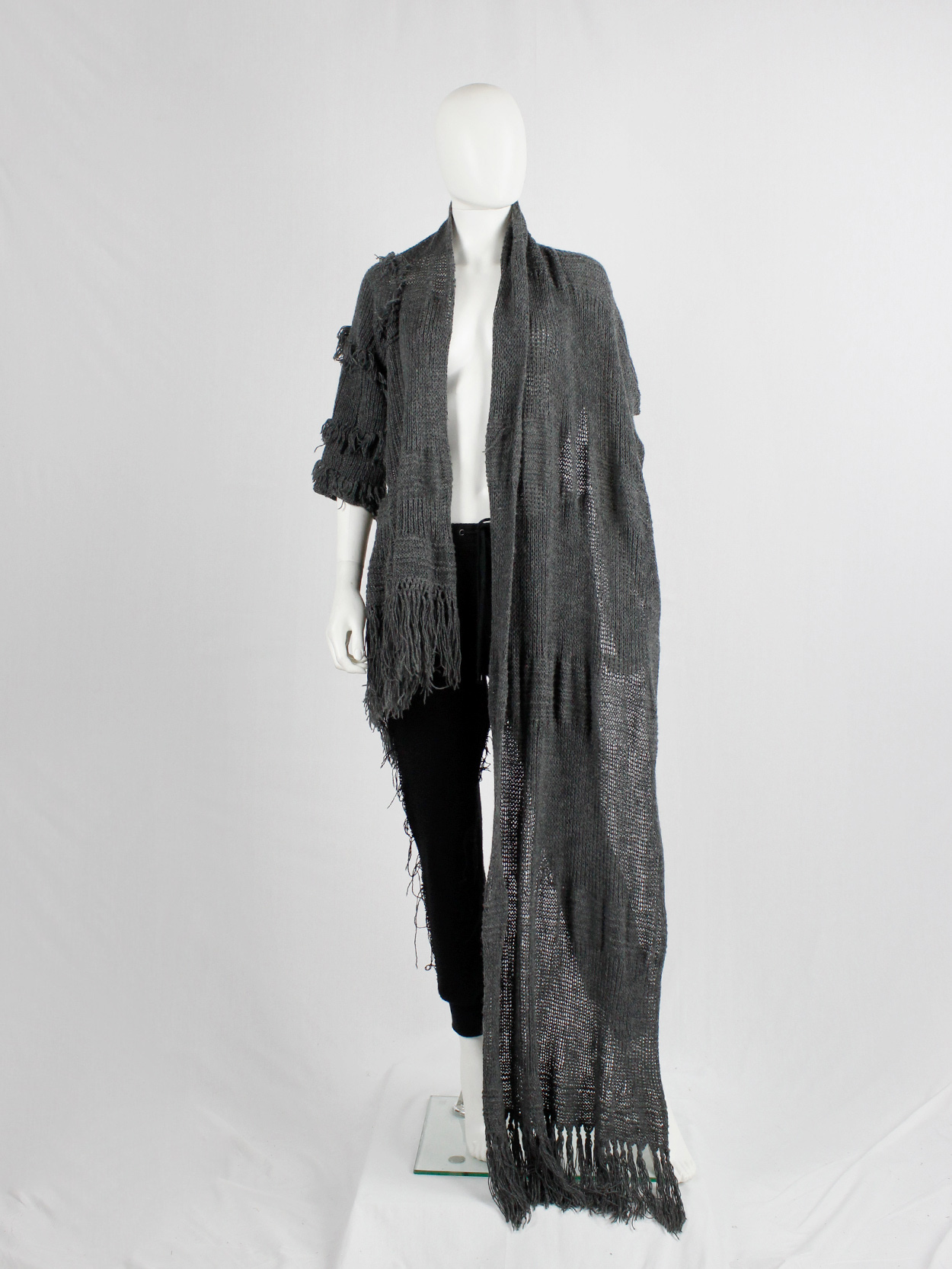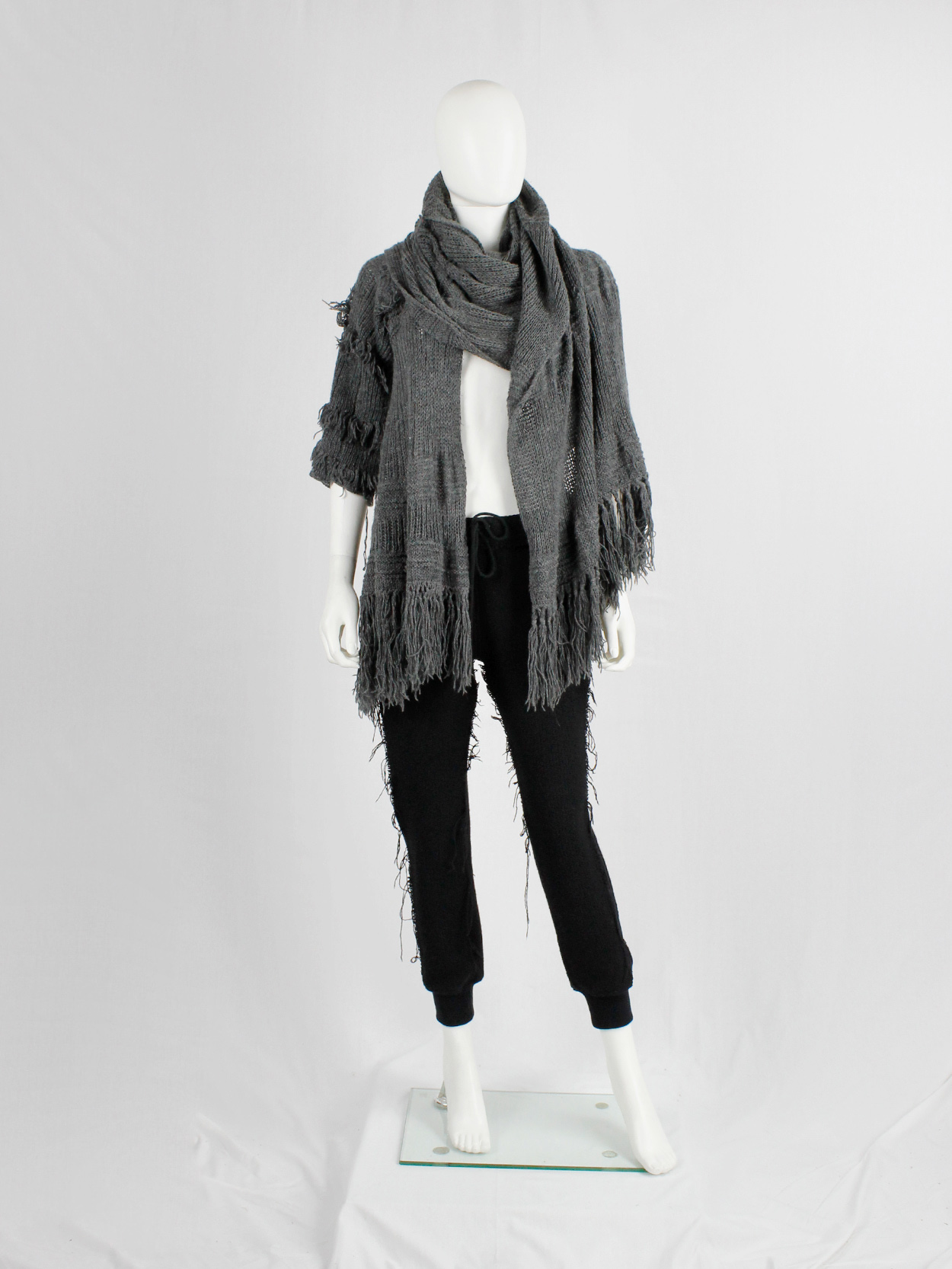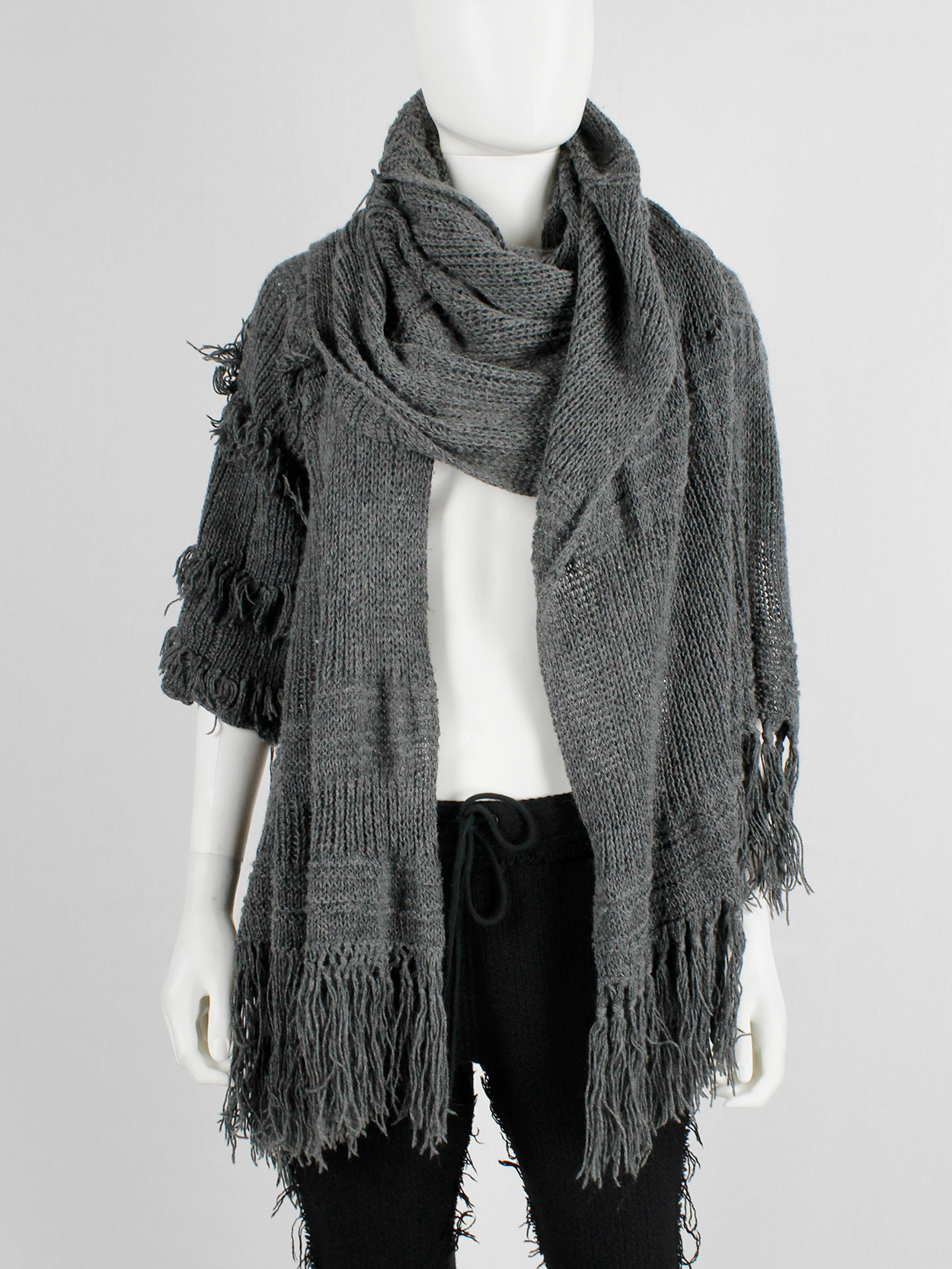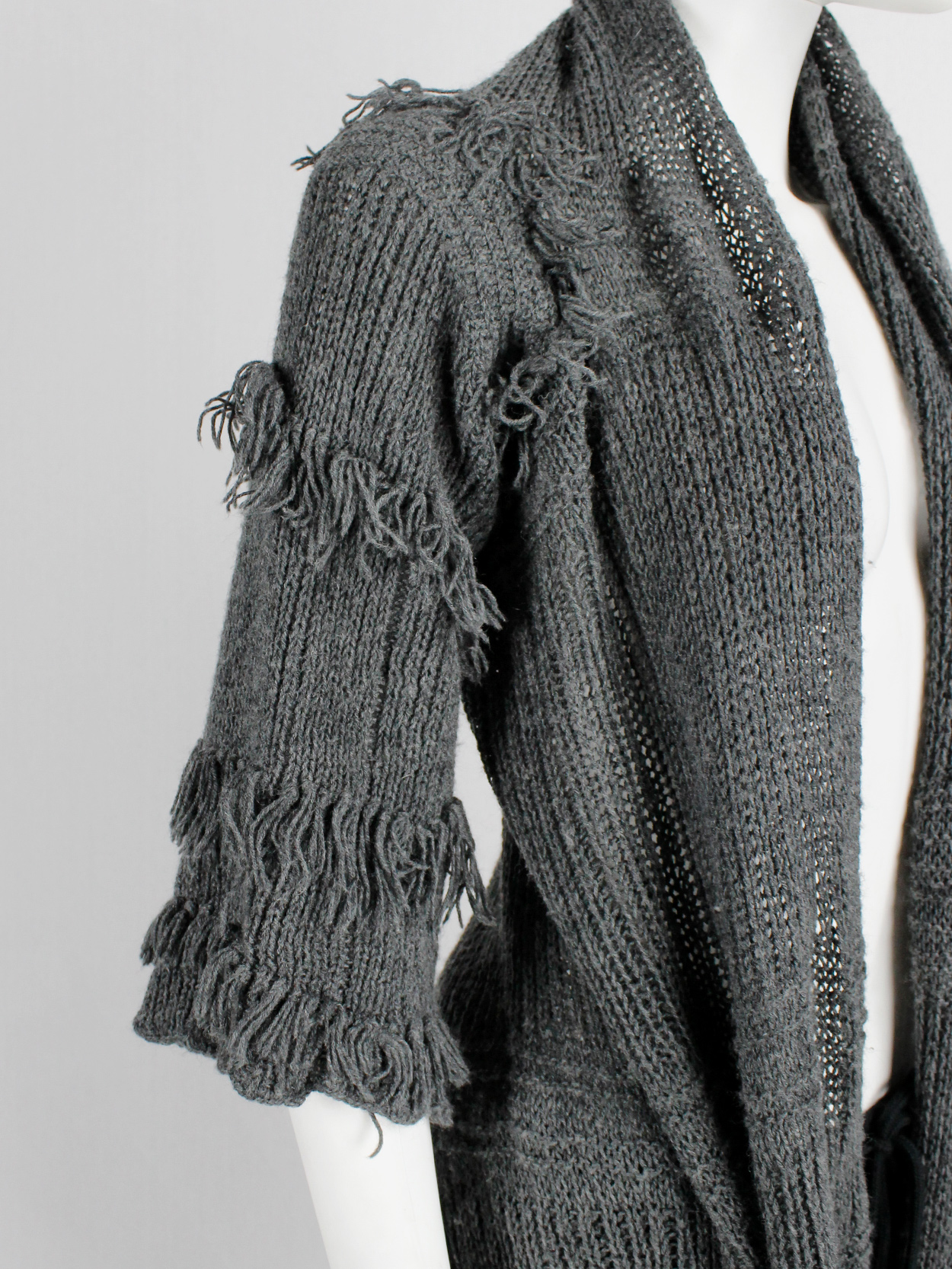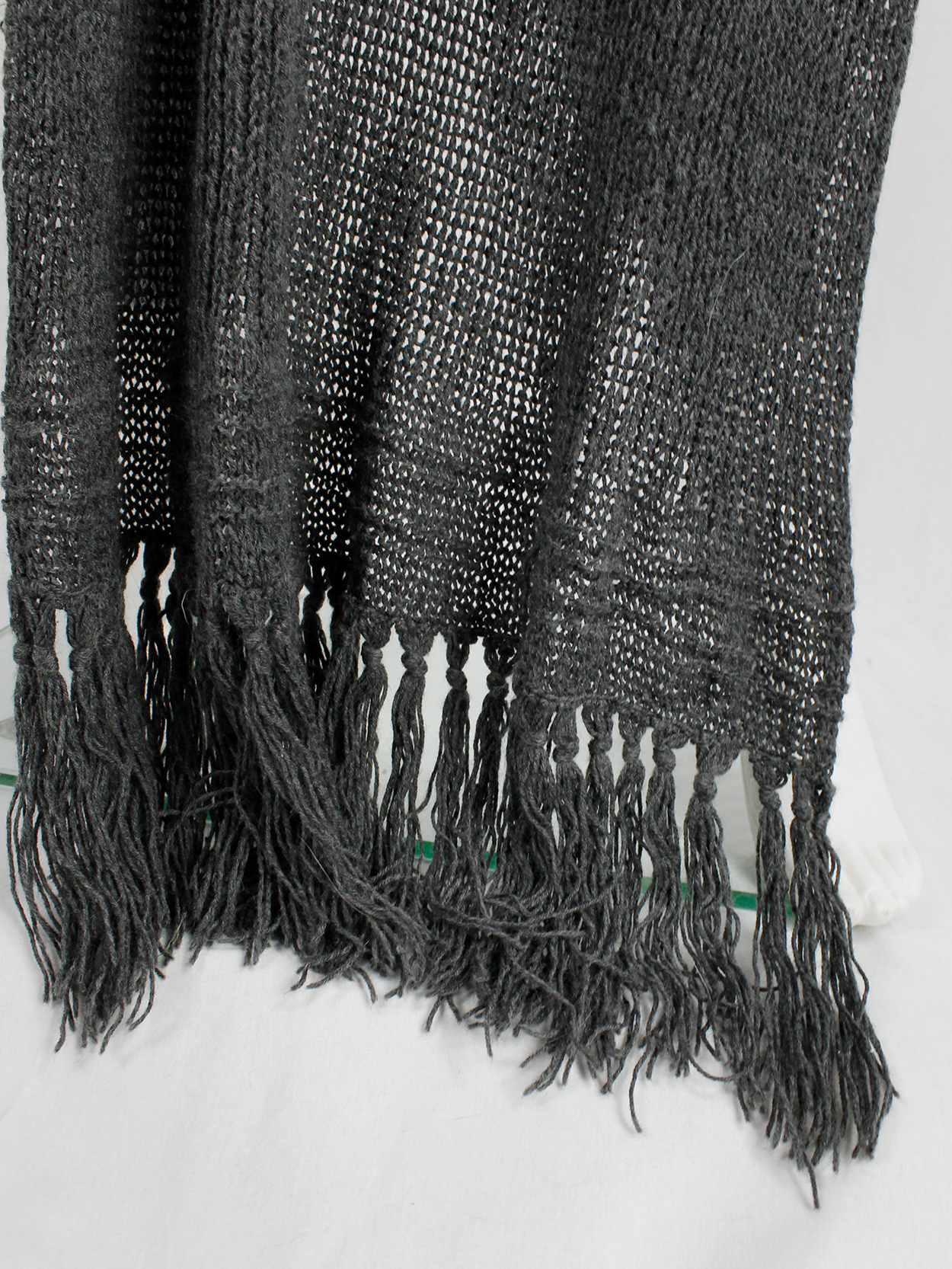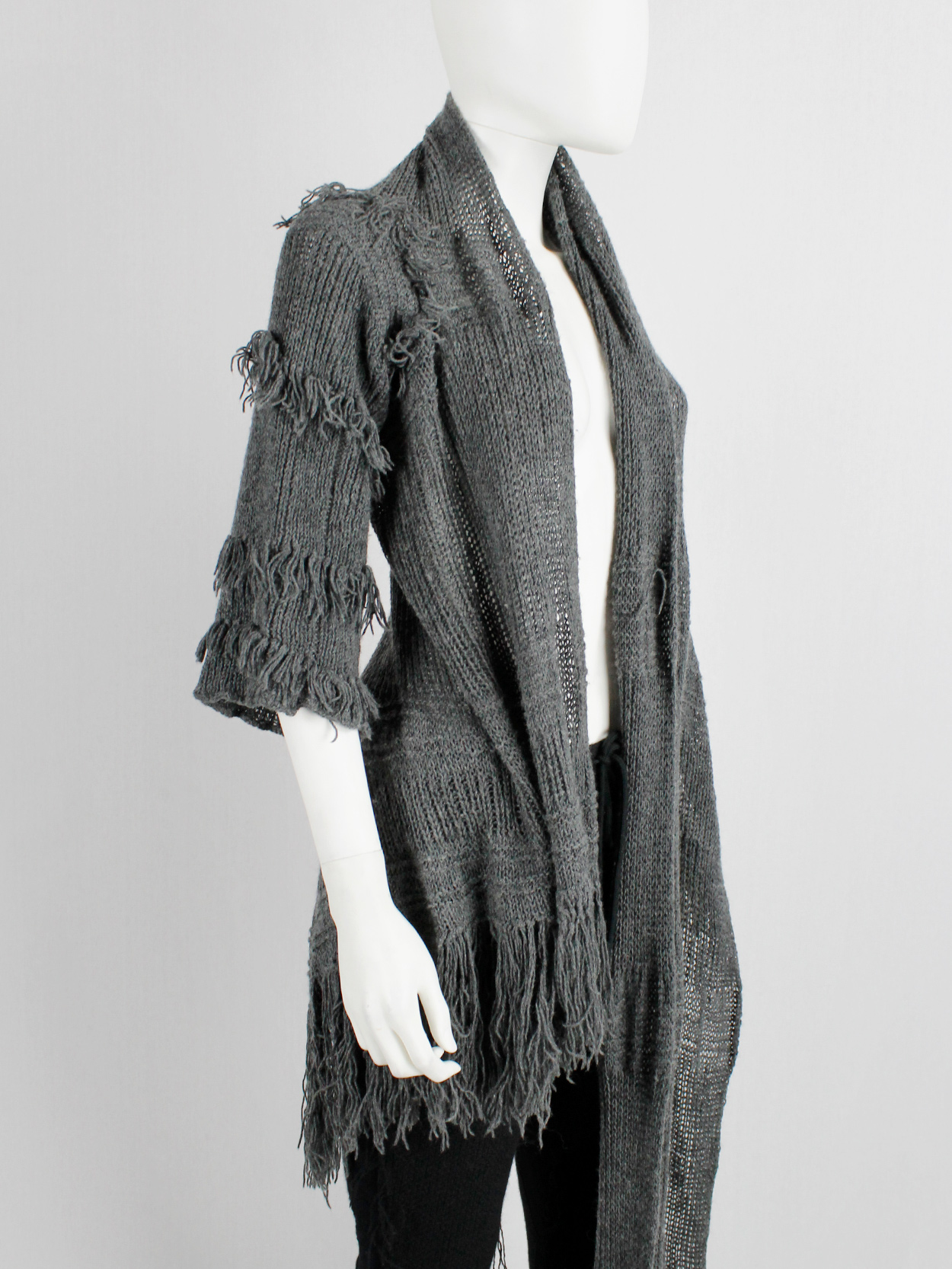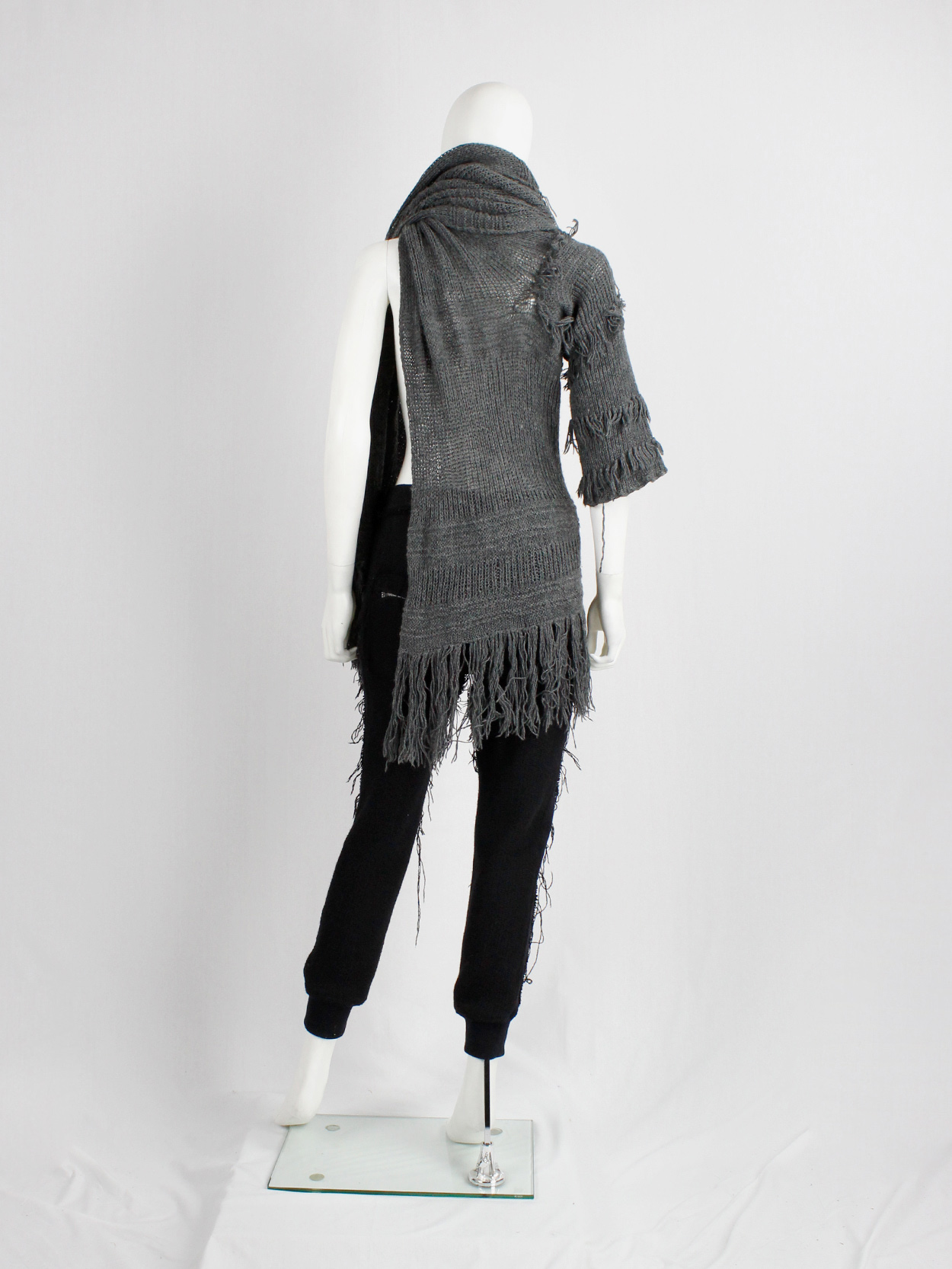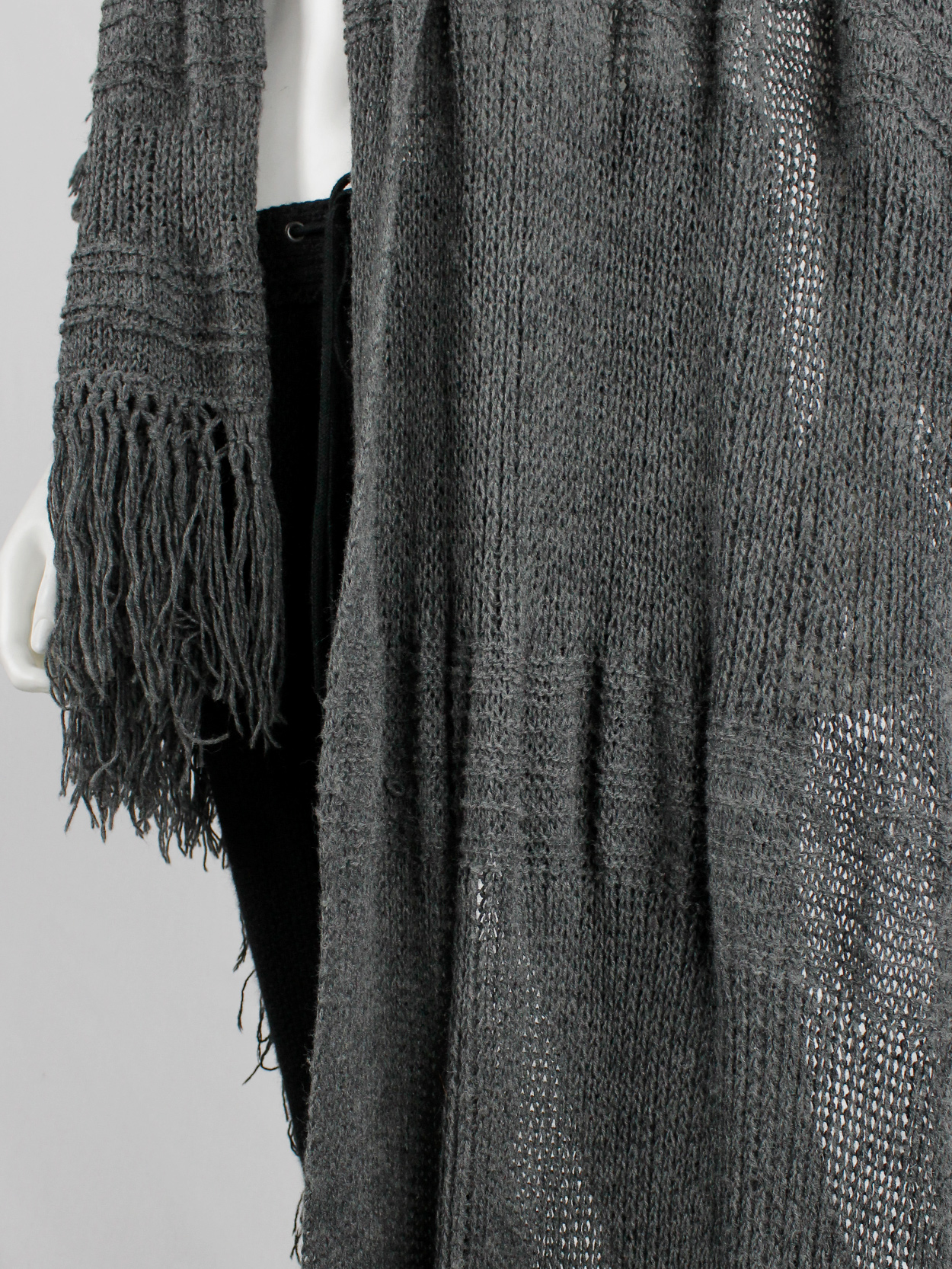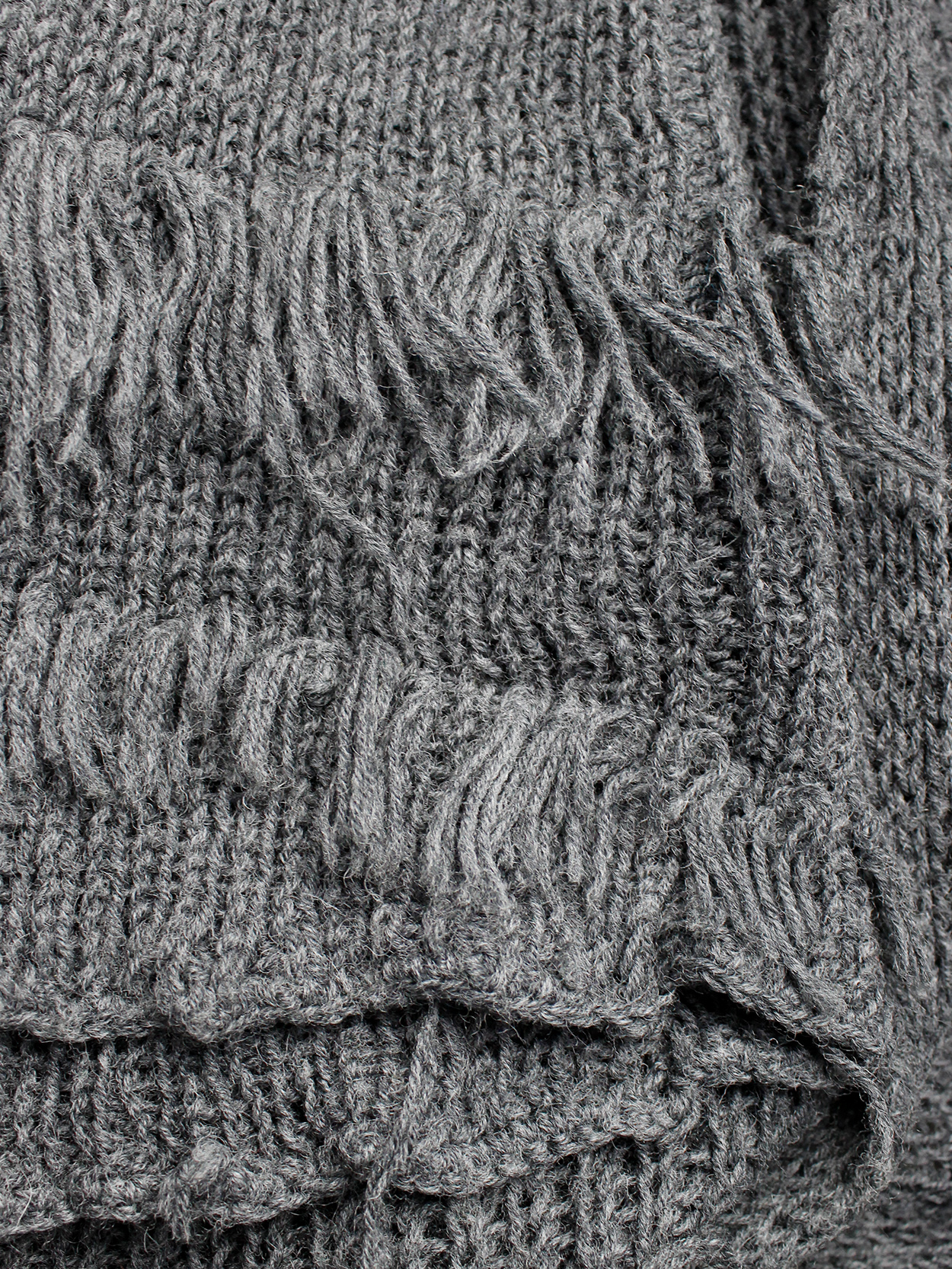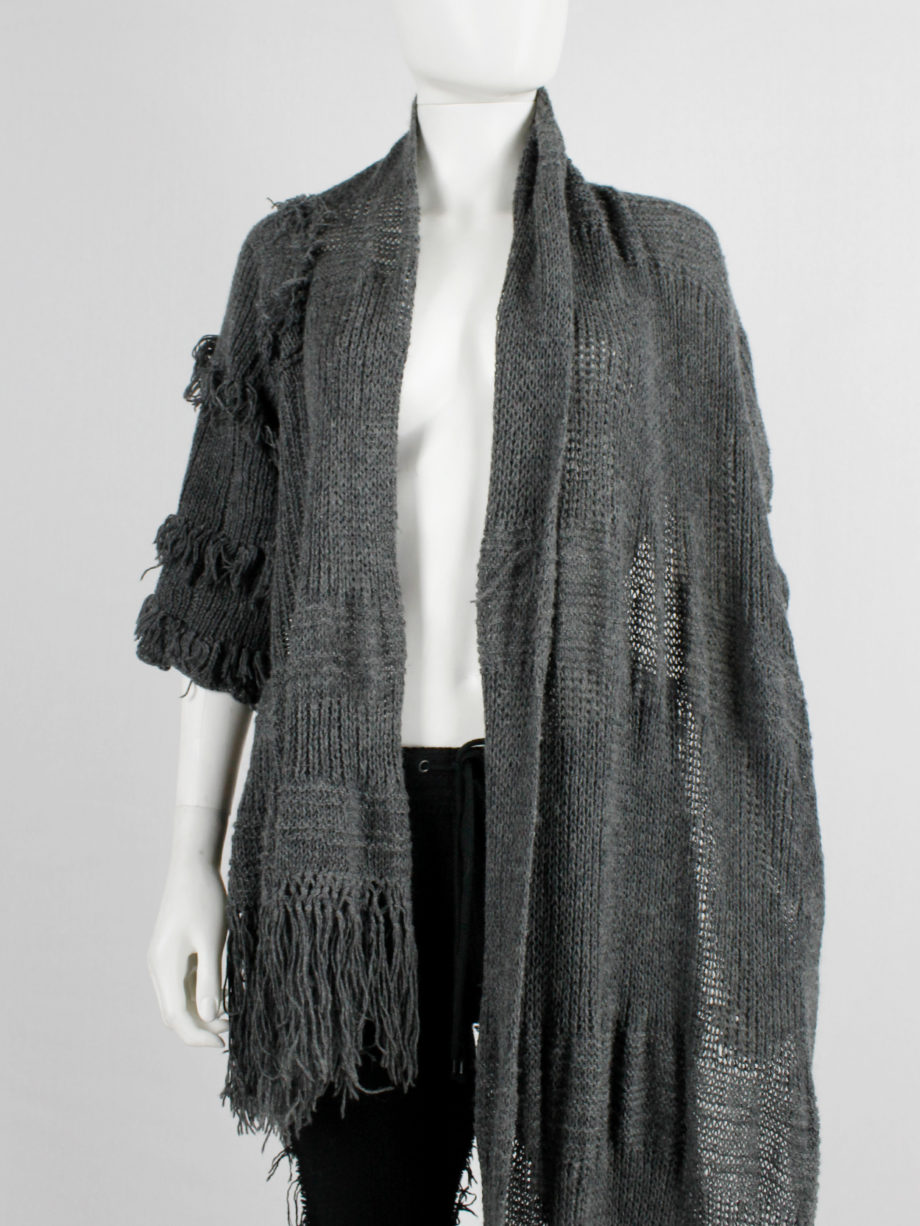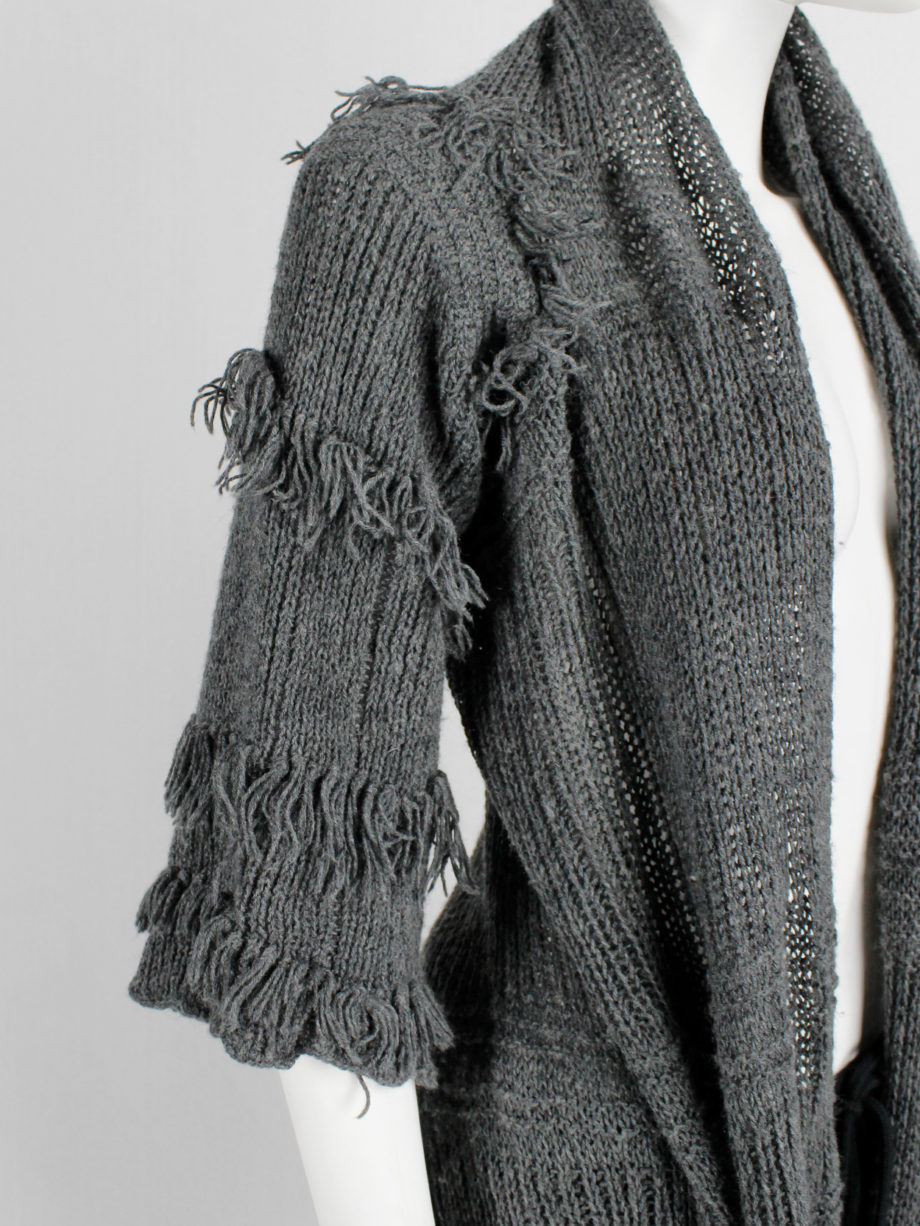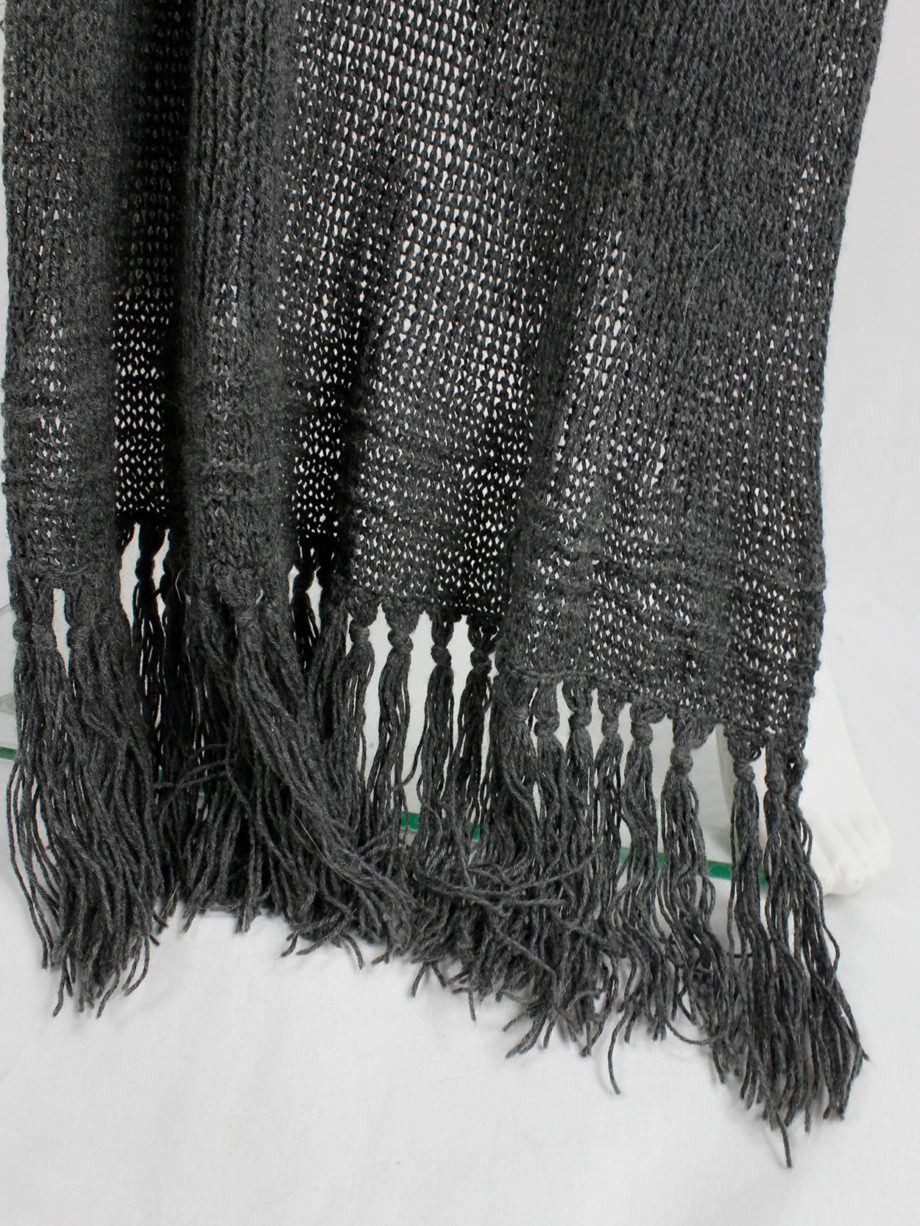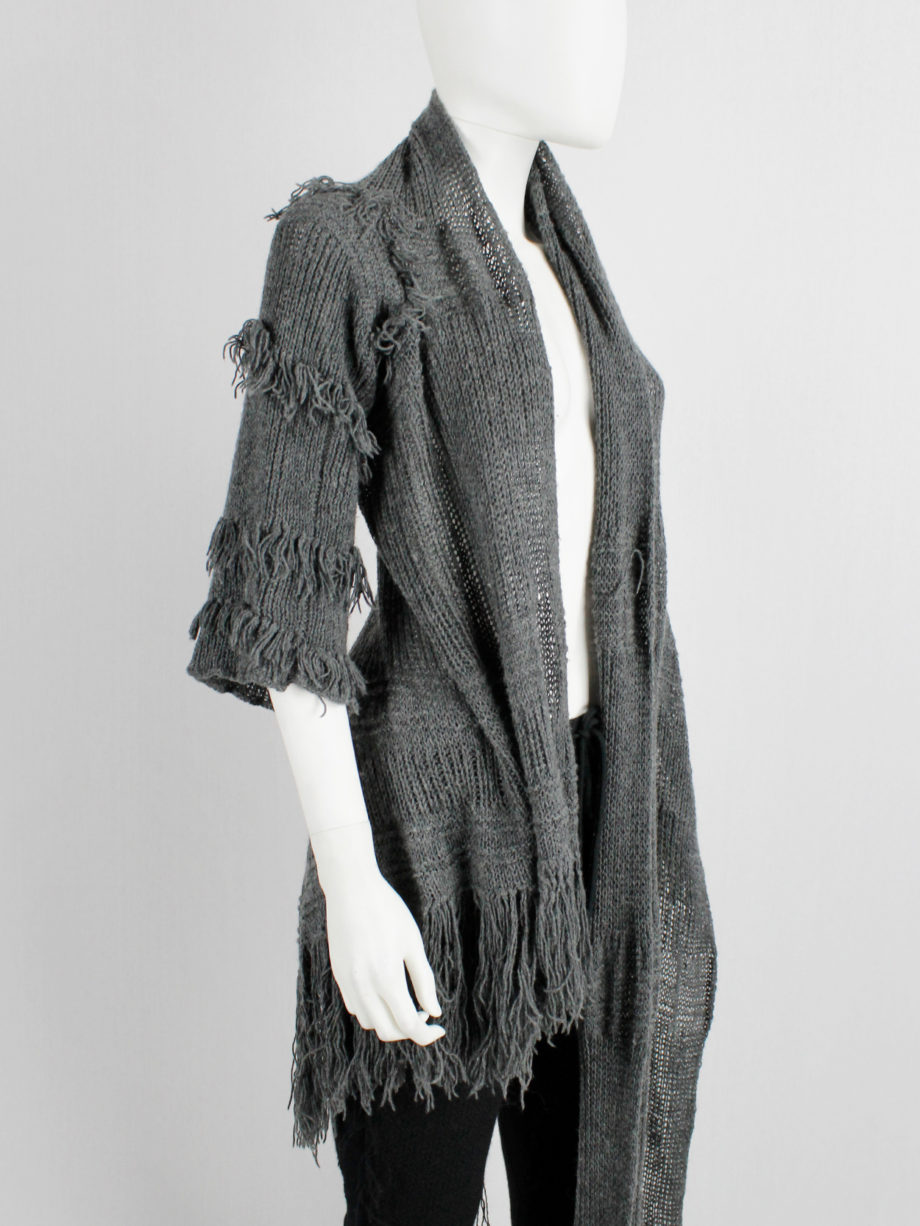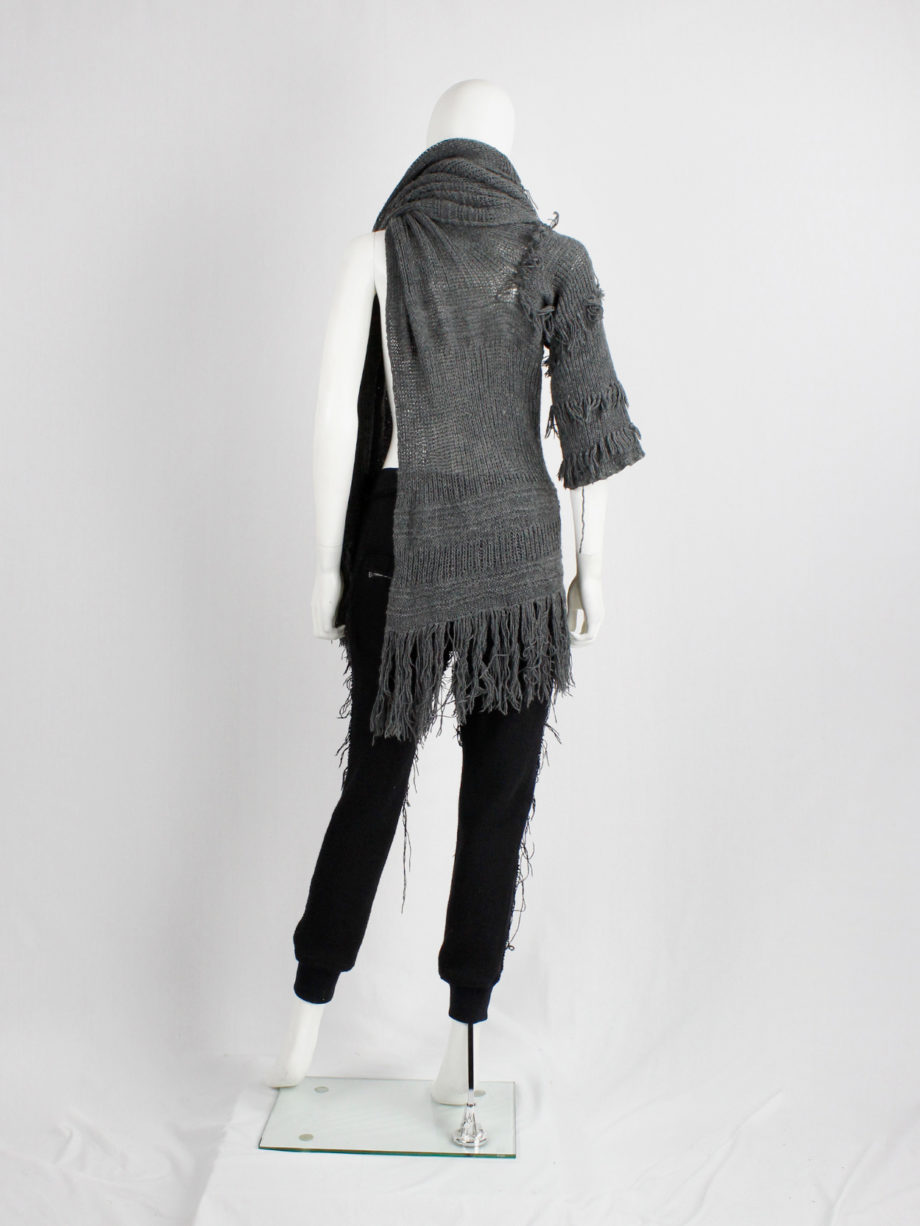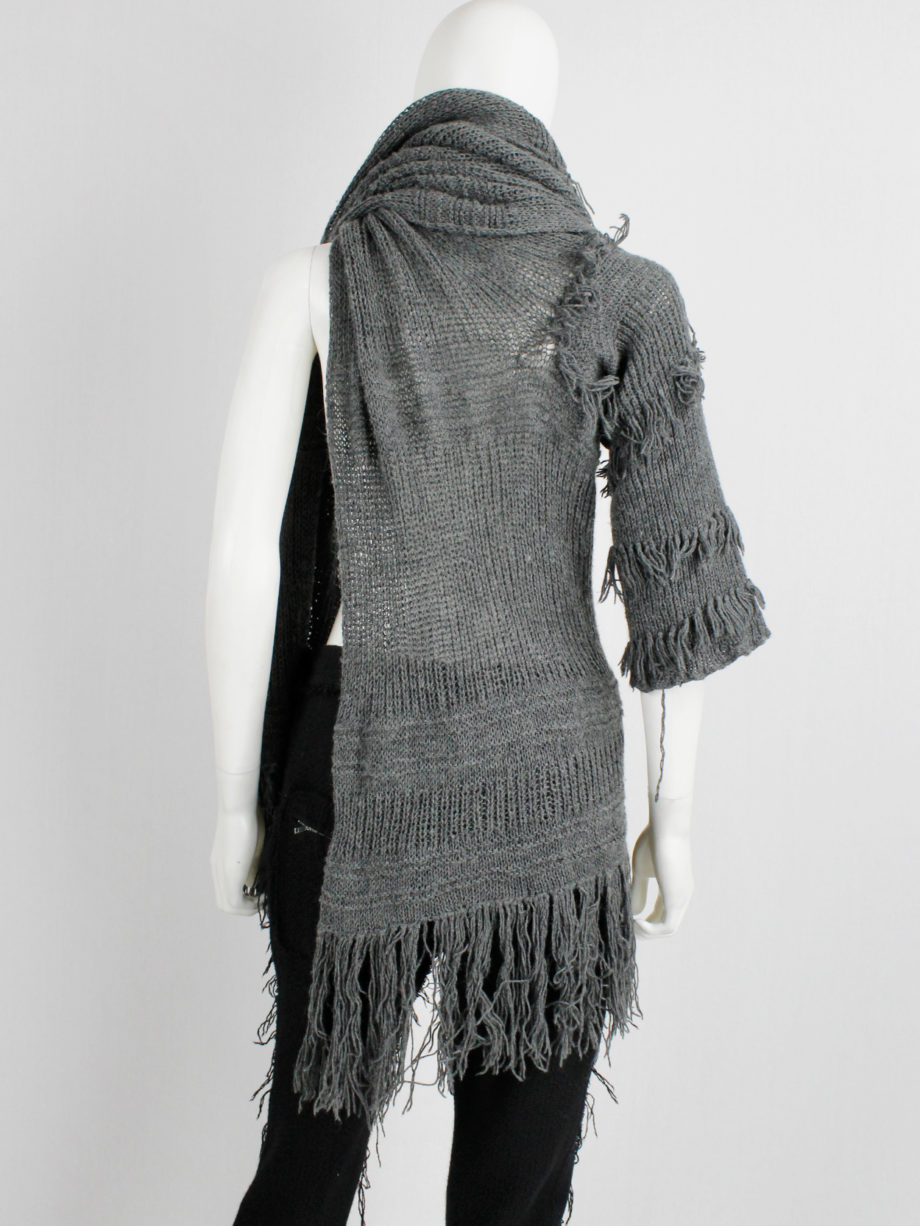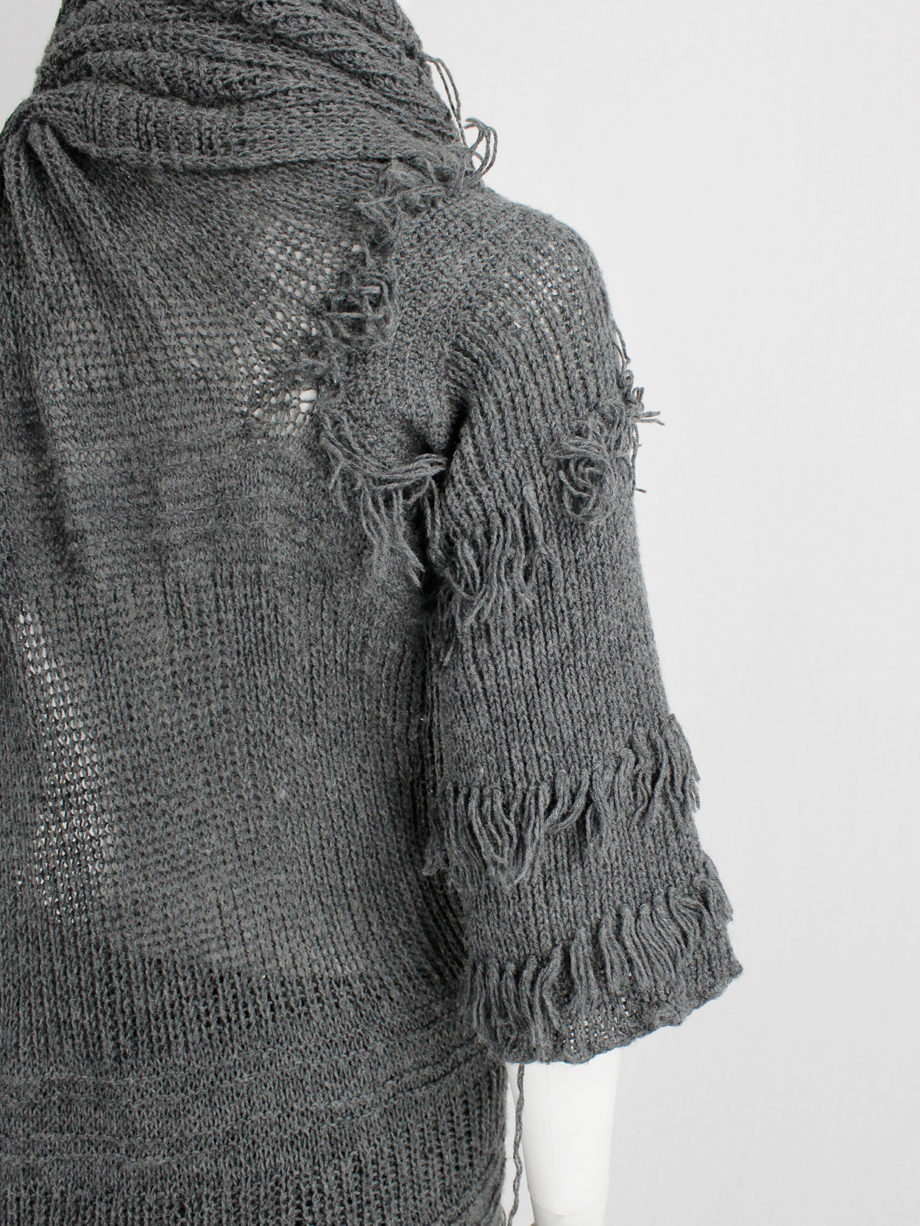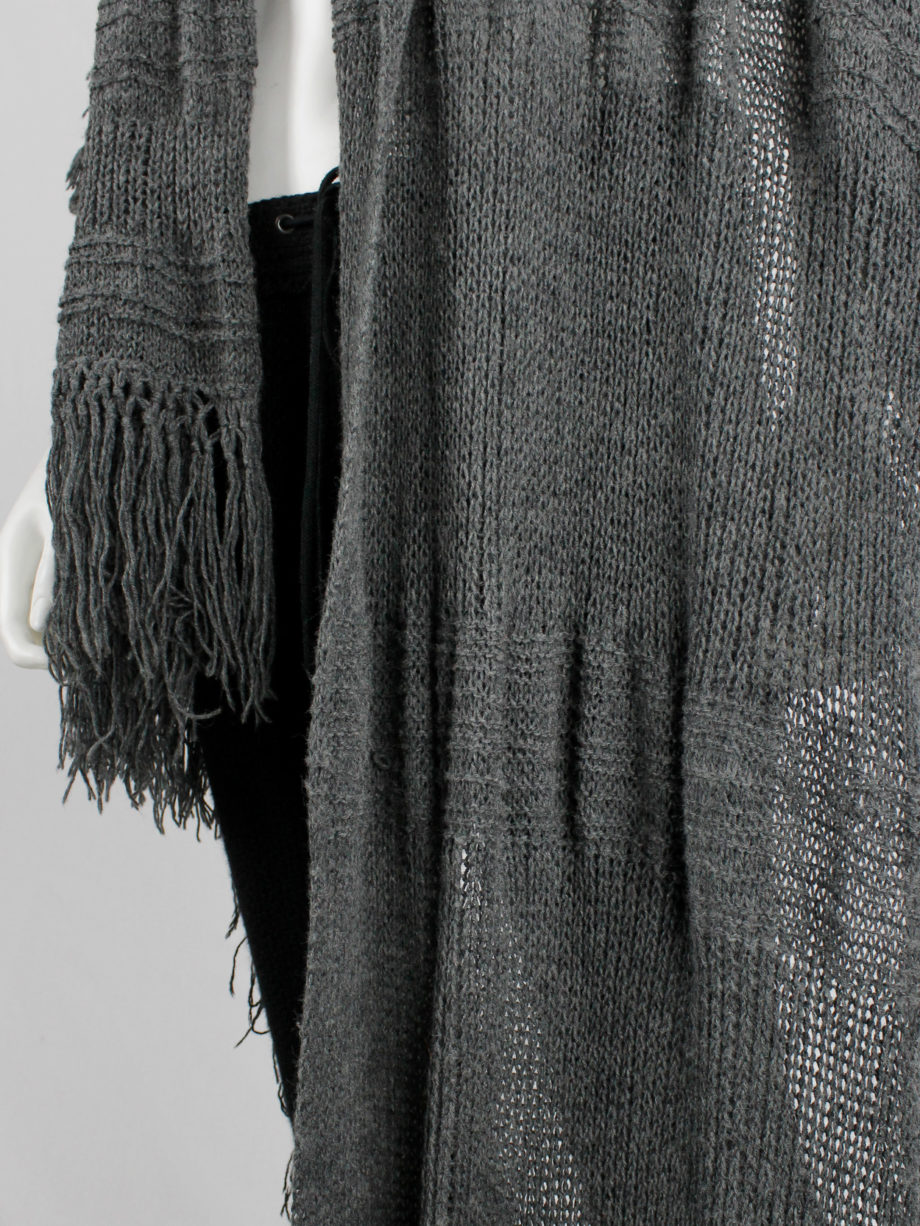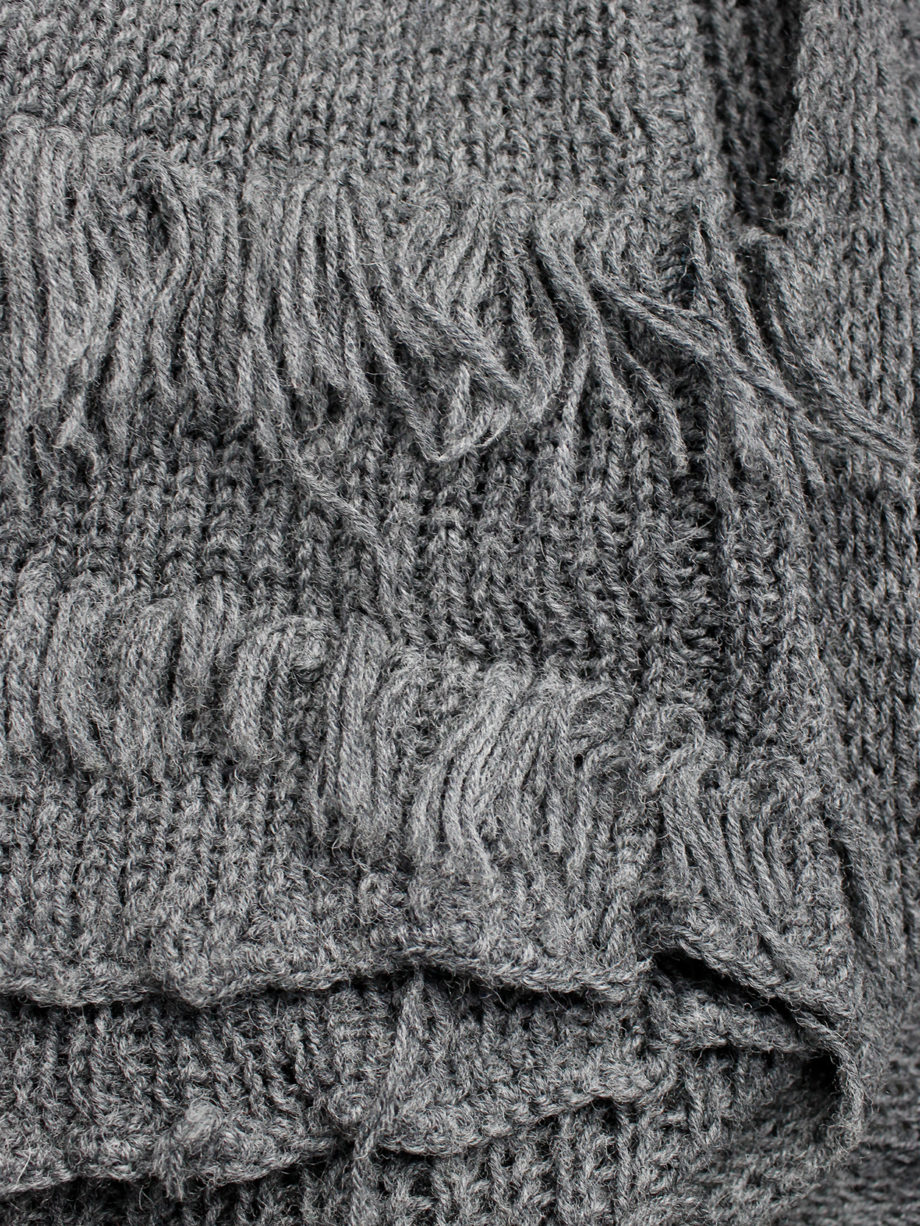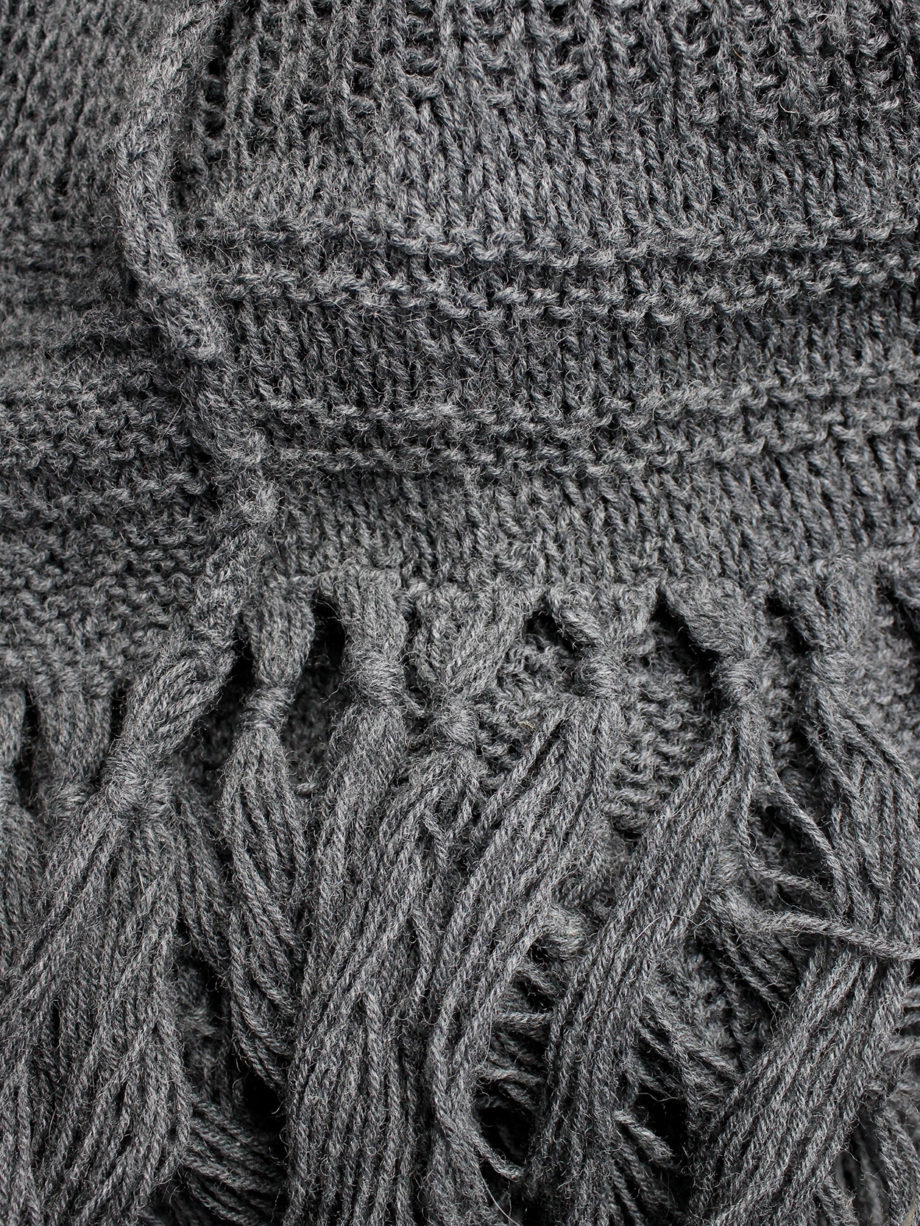Description
Similar items
-
A Magazine curated by Maison Martin Margiela — Limited Edition Reprint (2021)
-
Comme des Garçons black deconstructed geometric shoulder piece with frill trim — spring 2009
-
A.F. Vandevorst black leather floating half-belt with magnetic harness — spring 2015
-
Katharina Prospekt book, The Russians by A.F. Vandevorst — first edition 2005
-
Lieve Van Gorp white coffee mug with roses and ‘Lieve Love’ printed in black — 1990’s
-
A.F. Vandevorst black wide leather belt spraypainted white — fall 2015 performance
-
Lieve Van Gorp black lighter with printed logo in white
-
A.F. Vandevorst Nightfall ecru pantyhose catsuit with reinforced top — fall 1998
About Wim Neels
Wim Neels, who has tailoring in his blood, graduated from the Academy of Antwerp in 1988. He worked as Walter Van Beirendonck’s assistant for 5 years and was a finalist for the Golden Spindle awards in 1991.His first collection of womenswear was launched in March 1991, followed by his first menswear collection in 1996.
Wim Neels is at his best when he gives us his vision on the ‘basics’ of the western wardrobe. He produces all the pieces either men or women could ever need: suits, coats, shirts, trousers, skirts and knitwear. His garments differ from standard basics in that their cut and tailoring are absolutely superior. They look simple, but are never plain. This is fashion that tends to suggest rather than display its presence.
His motto, ‘Past Present Future’, is applicable to both collections. Old and new techniques are used to produce the clothes. Old materials are transformed into contemporary models by his handling of them. At the same time, he uses old pattern techniques with new materials. What once was menswear is ‘mutated’ into womenswear by its styling. So the interchangeability of the two collections relates both to the use of materials and to the modelling. The same materials are often used for both collections, ranging from rough — like wool, to soft — like silk. There are identical items in both collections in terms of design. It’s up to the wearer to decide to what extent the garment is masculine or feminine. The pieces from both collections are therefore easy to combine. In the end, he sees them both in the same way and works them out with the same vision.
The only detail that makes it easy for the cognoscenti to identify a top immediately as a Wim Neels design is the label sewn on the outside; rather than conveying the name of a posh fashion house, it states matter-of-factly what the garment is: Blouson. Caban. Cache-Poussière.


